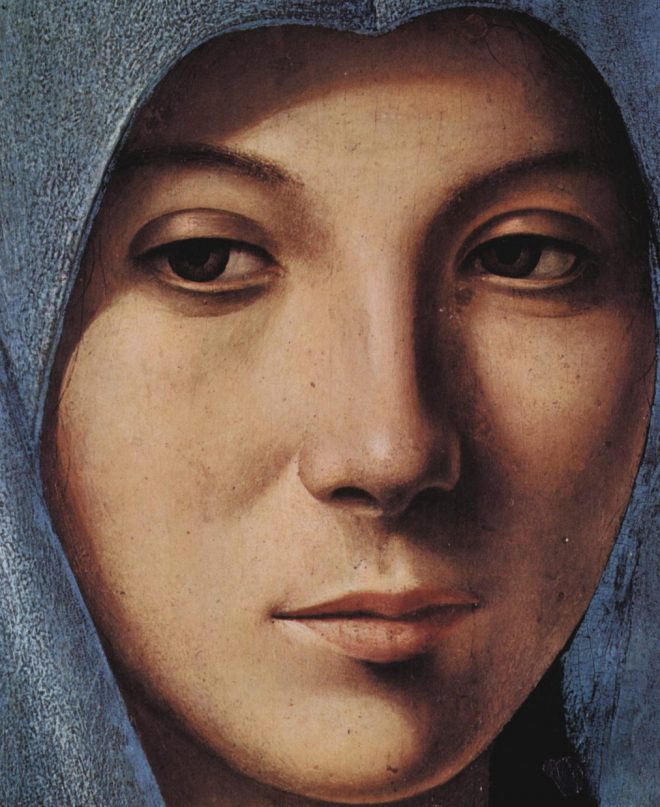With a clean heart at marriage destination. A challenge for young people or Offering a cleaned heart to your partner
“Casti alla meta” (Chaste at the destination), published by Mimep-docete, is a narrative text that is part of practical life, and that applies to everyone, Christian and non-Christian. It is an audacious book in which the author, Cecilia Galatolo, a young woman, wife and mother of two children, talks about chastity, one of the most uncomfortable and complex human virtues, a value that is often ignored or mocked and despised by many, and about sexuality by proposing to young people a path to follow that is worthy of them, to live a happy engagement and then a happy marriage.
The theme of the book is the message “you are precious” and the destination to which the author leads us, without judging anyone or moralizing, but with delicacy and at the same time frankness, with a bold and pressing language, is true love: true because chaste. Yes, because chastity is not a limit imposed from outside on love, but rather an ingredient that prevents its corruption, like salt with good food. Tasty dishes should be cooked with the right amount of salt.
The cover image is immediately striking: appealing, fresh and joyful; however, while the subtitle is attractive and arouses curiosity, the title remains too explicit and the word “chaste” in the foreground carries the risk of labeling the book as something prejudiced and retrograde, excluding from reading all those who do not have a Christian background. And this would really be a pity, because, on the contrary, the book shows first of all the universality of the value of chastity, based on the unique and inestimable preciousness of the single person and his or her body, and shows that this path can be followed by everyone, even by those who think it is too late.
Certainly it is a book against the tide, which does not offer easy and carefree ways to reach happiness; instead it proposes uphill roads that do not exclude fatigue and maybe even falling.
In the collective imagination chastity is associated with deprivation, sacrifice, something contrary to human nature, at most reserved for nuns and monks. Instead, the author overturns these clichés and prejudices and guides us in explaining why it is worth taking this way, satiating the hunger for questions that everyone asks themselves in the youth, the phase of life that is explosive and exciting, but also turbulent and full of doubts.
Galatolo intercepts the universal need of young people, who think and reflect and deserve precise, reasonable and reasoned answers about sexuality and how to live it as engaged couple, especially if you clash with what friends, television, books, cinema and the web propose. The author, showing herself a girl like the others, with her desires, her impulses and her doubts, gives concrete and above all convincing answers and shows that she knows these answers in depth because she was the first to ask herself those questions and experienced those difficulties. This starting from her own experience is a compelling characteristic: in this way the author places herself close to the young people and shows that she understands them; moreover, thanks to examples and personal testimonies of other boys and girls, she does not remain on an ideal unattainable level (because if they have made it, is possible for everyone!) and she does not even hold back in front of themes that might seem strong and inconvenient, but with simplicity she describes and faces all the variables and temptations into which a boy and a girl can fall.
I find brilliant the idea to launch, in the introduction, a challenge to the reader by putting him/her in front of a choice: to follow the voice of the majority, which suggests to live sexuality “freely” following one’s instinct, or to live it from the awareness that every person has a unique value and higher than the simple material level of pleasure instrument, so that sex between man and woman becomes a gift and mutual welcome, the basis for a true and eternal love. So chastity is no longer a dogma to be taken by faith, a duty imposed without reason, a “one must do so, or else it is a sin!”, but becomes a free and conscious choice of those who put their person before sex, with the unique baggage of interiority, mind and heart; so as to live a clean, innocent, tender and also pleasant sexuality!
Certainly, between the lines the author does not hide the indispensable help of God in pursuing such a path; while on the one hand this may seem to be an apparently unconvincing text for a non-Catholic environment, on the other hand it could be a push to know or to get closer to what Catholic morality really sustains, and not to the impoverished surrogates that non very human Christians live for lack of adequate training.
It would be wonderful if this small volume were read by the direct addressees, i.e. the teenagers, but also by adults in every environment; its reading is recommended to all those who work among young people, first of all parents, then youth ministry workers, those who teach marriage preparation courses, catechists and priests, but also to those who are simply curious about a new way of approaching the subject, because this book is a breath of fresh air in a bigoted vision of chastity and aims to show to everybody the thirst for beauty and purity that is in everyone, awakening the desire to live a finally free, rather than “liberated”, sexuality.















